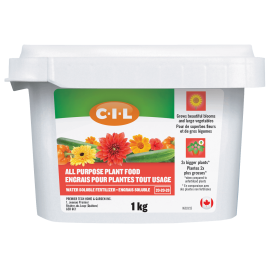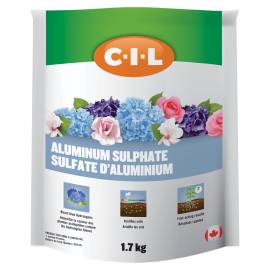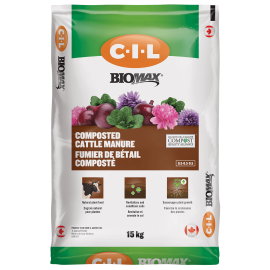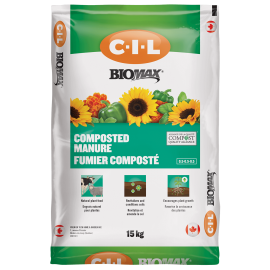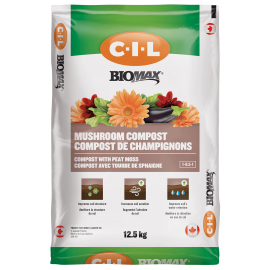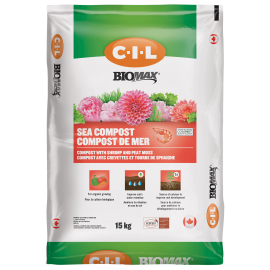10 Most Common Flower Diseases
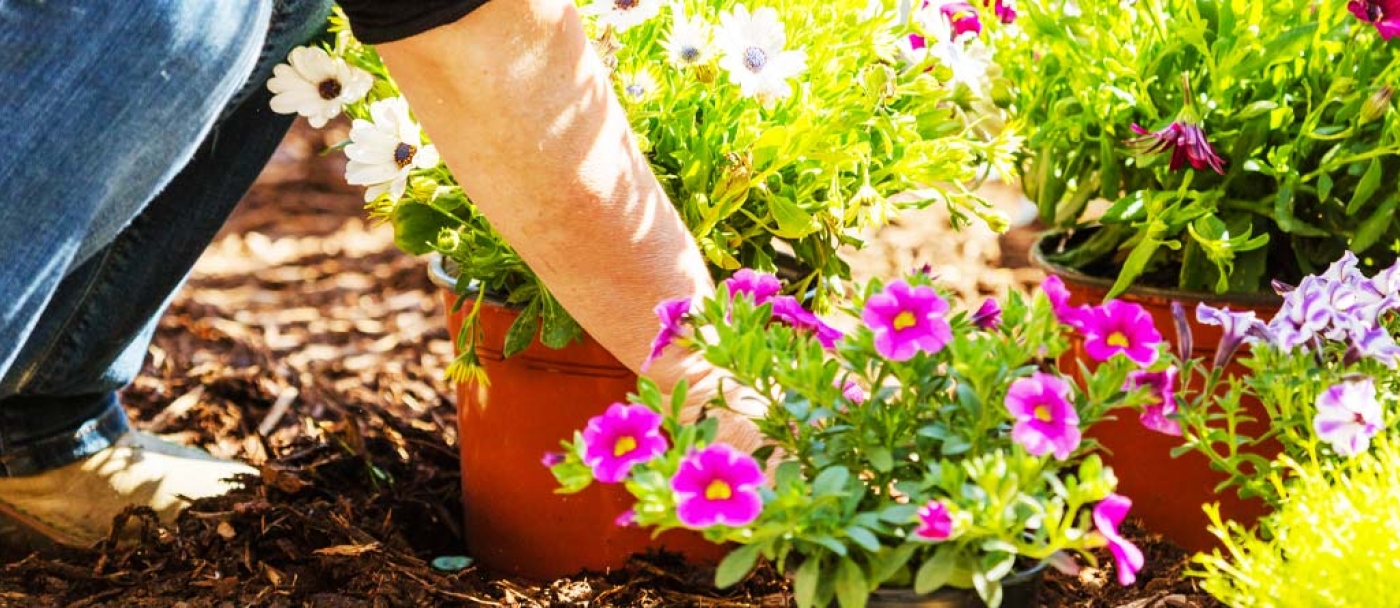
Most flowers are hardy plants that aren’t bothered by disease when they are properly fed and watered. However, sometimes various flower diseases are transmitted from infected plants or triggered by uncooperative weather conditions.
Many diseases are curable, but unfortunately, some are deadly. Read on to learn about the 10 most common flower diseases and what you can do to minimize the risk.
Botrytis blight
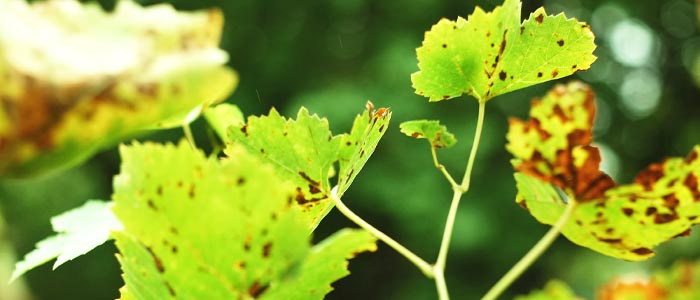
This fungal disease, sometimes known as grey mold, begins with fluffy, gray, white or tan growth on flowers, soon spreading to the stalks and causing plants to become dry and brittle. Botrytis blight is usually controlled with improved growing conditions and sanitation. If the problem is severe, try a fungicide registered for use against botrytis.
Powdery mildew
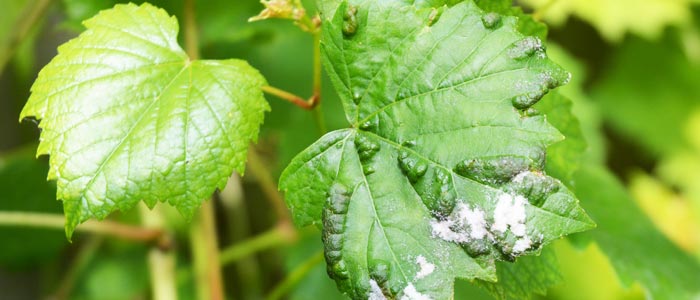
Plants with powdery mildew look like they have been dusted with a gray or white powder. Although the fungus is unsightly and may return every year, it is fatal only in extreme cases. Although you can use fungicide, a spray made of baking soda, liquid dish soap, vegetable oil, and water is safer and may be just as effective.
Sooty mold
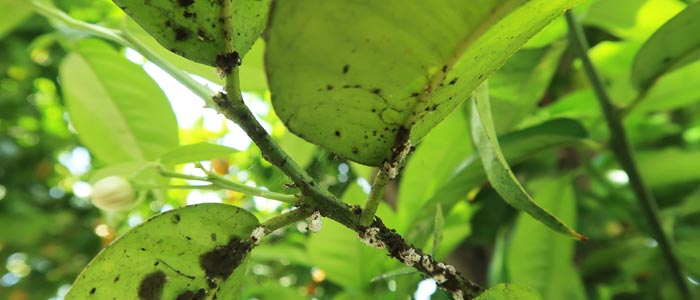
Leaves and stems of plants with sooty mold are speckled with a thin black film that is easily wiped off with your fingers. The mold is attracted to the sweet “honeydew” left behind by aphids and other sucking insects. The first step is to control pests, and insecticidal soap is often highly effective. Neem oil is effective against both pests and sooty mold.
Root rot
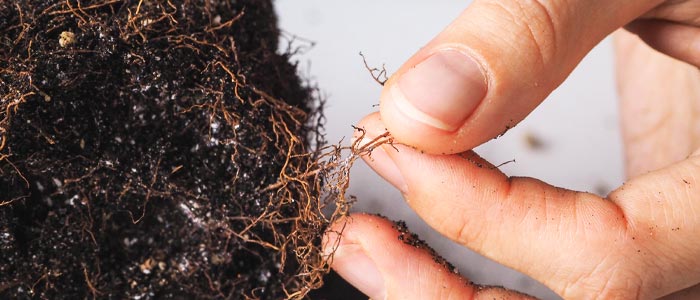
This soil-borne fungus causes stunted growth and wilted, shriveled leaves. Roots of an affected plant often display a wet, rotten appearance and a foul smell. Some may display stringy brown or black strands. Root rot is often fatal, but fungicides may help if applied early enough.
Leaf spot
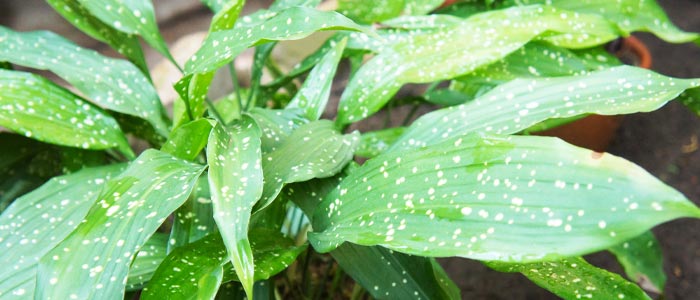
Affected leaves display small yellow spots that eventually turn brown, often surrounded with a yellow or brownish-black ring. Leaf spot isn’t curable, but a fungicide or a mixture of baking soda, vegetable oil, liquid dish soap and water may slow spread by preventing spores from germinating.
Fire blight
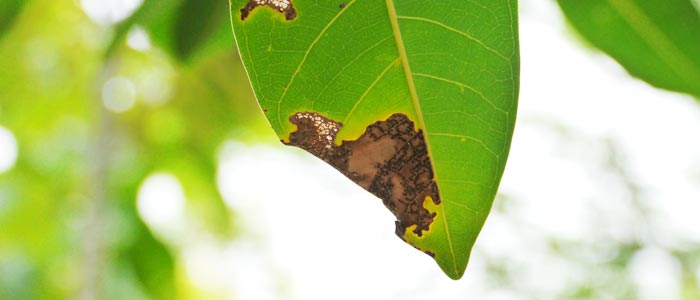
This bacterial disease usually affects fruit trees, showing up with brown and shriveled flowers first, followed by leaves turning black or brown. Cankers may show up on branches.The disease, which is favored by rainy, warm weather usually starts on the upper part of the plant and progresses downward. The disease is difficult to control, but copper-based products may help. Remove and destroy affected branches.
Black spot
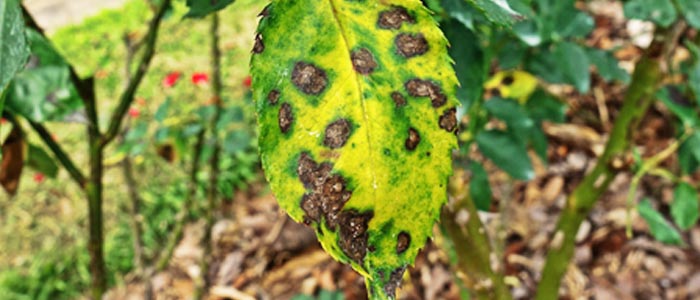
Primarily a problem of roses, black spot is a fungal disease that begins as round, black spots often surrounded by yellow rings. Black or purple blisters may appear on stems. Water carefully and keep the foliage as dry as possible. Remove damaged growth, then spray the affected plant with neem oil, a copper-based product, or fungicide.
Rust
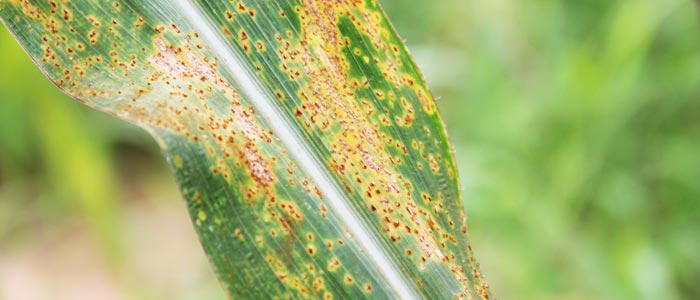
Typical symptoms include dry pustules on lower leaves or a powdery, rust-colored growth. Affected plants may also display brown, purplish, orange, or reddish spots or streaks on the undersides of leaves. Destroy infected plants to prevent spread and keep the area free of debris. A fungicide registered for use against rust may help.
Mosaic virus
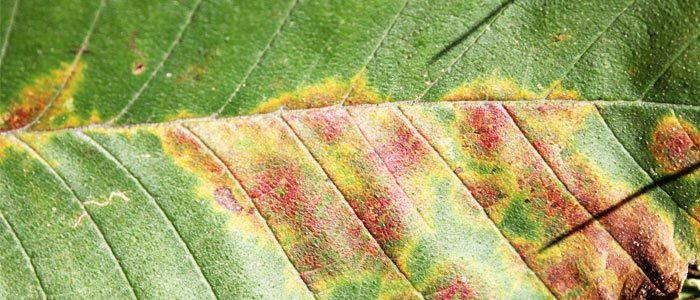
Plants affected by this common viral disease show stunted growth and curled leaves mottled with streaks or spots of white, yellow or green. Unfortunately, mosaic virus is incurable and infected plants should be destroyed. To prevent spread, use insecticidal soap or neem oil to control aphids, which may carry the disease.
Verticillium Wilt
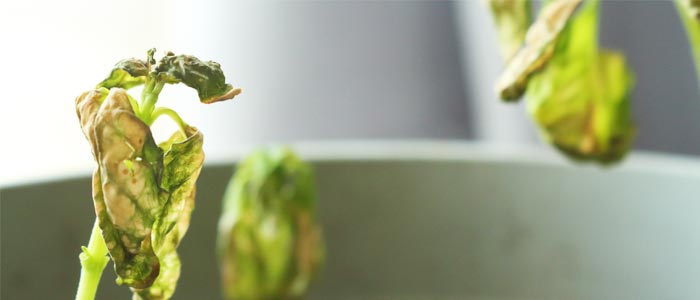
This fungal disease causes a wilted appearance and yellowing and drooping leaves and stems, usually showing up first on outer or lower leaves. Yellow patches eventually turn brown and cover entire leaves before they drop and the plant dies. There is no effective treatment for verticillium wilt. Destroy badly infected plants and avoid planting similar plants in the same area for at least four years.
